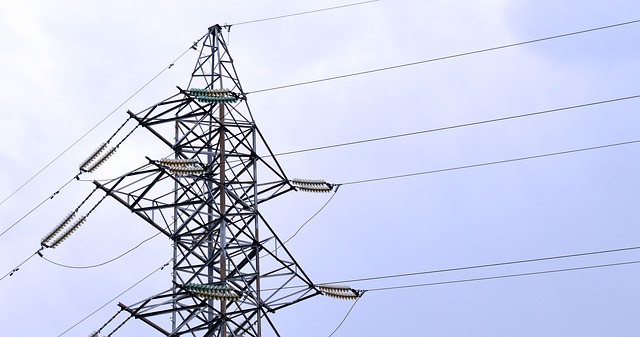Expanded net metering scheme needs more study – ERC
- November 21, 2018
- 0

This was the sentiment of an Energy Regulatory Commission (ERC) official, citing the need for additional studies into the grid’s capacity to absorb the expanded net metering scheme should SB 1719 move forward.
ERC financial and administrative service head Sharon O. Montañer noted that there are no existing parameters on the feasibility of the system’s capacity for new output under the provisions of the bill.
She added that removing the 100 kW limit for solar rooftop energy generators will need an additional study to check the feasibility of the grid to absorb the additional output.
“With the proposed incentives under the bill, this is expected to result to a drastic increase in solar energy being exported to the grid,” she was quoted as saying in a Business World report.
Senate Bill 1719 aims to promote the usage of rooftop solar technology on residential, commercial, industrial, and government end-users.
Under the net metering scheme, a solar rooftop user has a two-way connection to the grid.
Montañer said she was not sure if the sudden increase in renewable energy injected into the grid could be handled as solar power is intermittent in nature.
“A less sophisticated grid and distributive system such as in the Philippines, may be less effective in ensuring grid integrity, and consequently reliability and quality of power,” she said.
“A thorough grid, system, and distribution impact study would help determine how much in exported capacities the grid may accept without unduly compromising power supply stability,” she added.
She said the electricity grid was originally built to distribute power from the high voltage part of the network to the low voltage part.
Capital expenditures cover the installation of devices to ensure that the frequencies of power being moved along the grid system and into households and establishments are within tolerable limits, she said.
“All these costs are passed on to consumers” she said.
Montañer said the wide application of net metering and the resulting increase in power capacities being exported to the grid from the low voltage part of the network would require additional capital expenditure on network upgrades, resulting in increased capital costs.
According to ERC computations, the exporter of solar power is paid only the “blended” generation cost, net of transmission, distribution, system loss, and other related charges and subsidies of P5.34 per kWh.
The solar power exporter will be paid P11.46 under the proposed amendment, which is the retail rate. The last feed-in tariff rate for solar of P8.69 per kWh is even higher, which the ERC said had outlived its purpose.
President of Laban Konsyumer Inc. Victorio Mario A. Dimagiba said that the the proposed bill will pass on the costs to consumers, emphasizing its effects especially for households with no solar rooftops.
“Those with solar rooftops will benefit from the bill, but those without solar rooftops will end up paying more to support the first group,” he said in a statement.
“Somewhere along the line somebody will pay, but will the DU (distribution utility) absorb the cost?” he added in the Business World report.
Dimagiba likened the proposed bill to “another FIT-All with another face,” and called on policymakers to address the cost-shift issue first before expanding the net metering program to prevent consumers from shouldering unnecessary costs.
“This bill could be another measure to trigger inflation in the cost of electricity,” he said. “We should look for technology, projects, programs that should lower [the cost of] electricity, not the other way around,” he said.